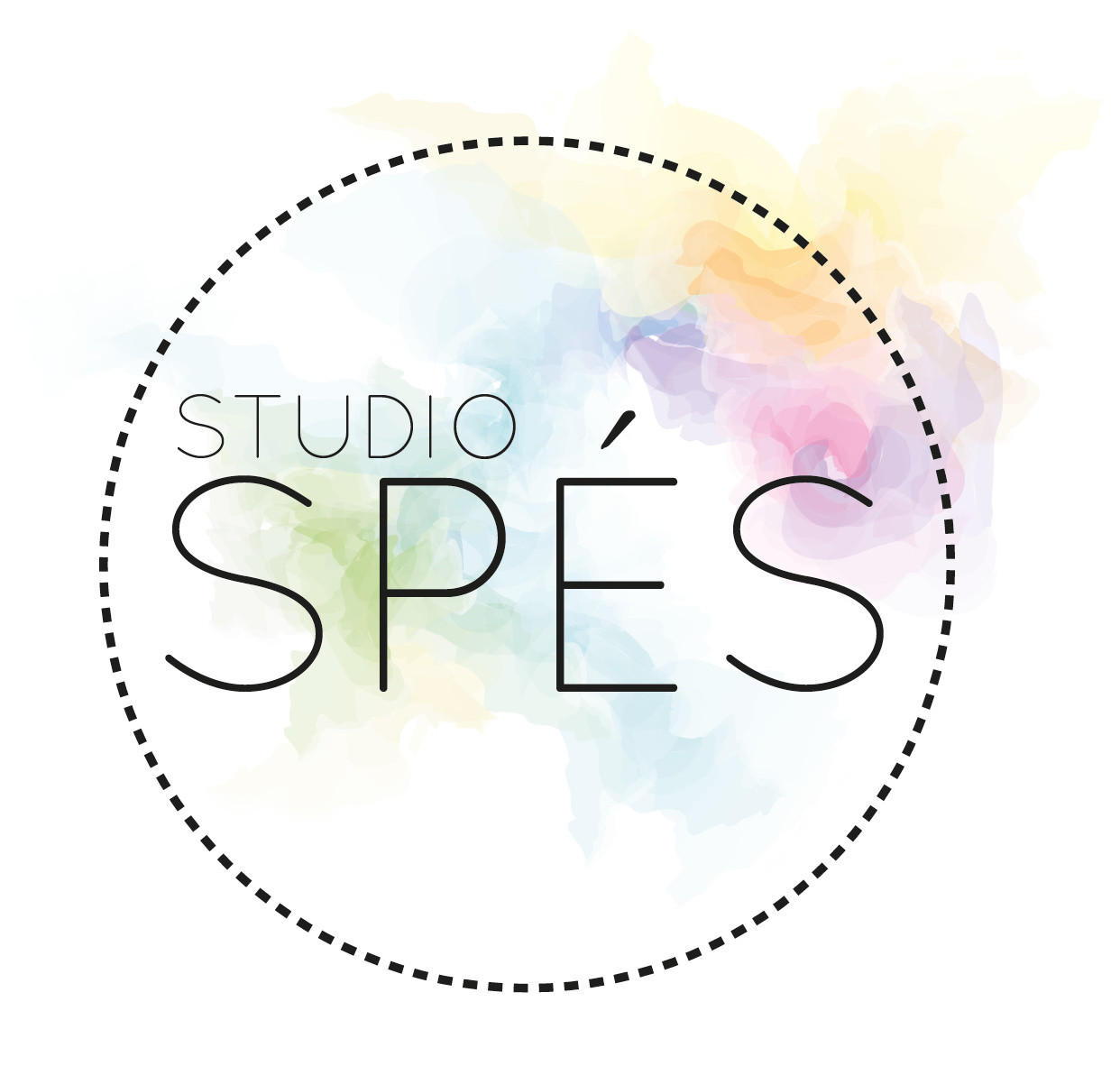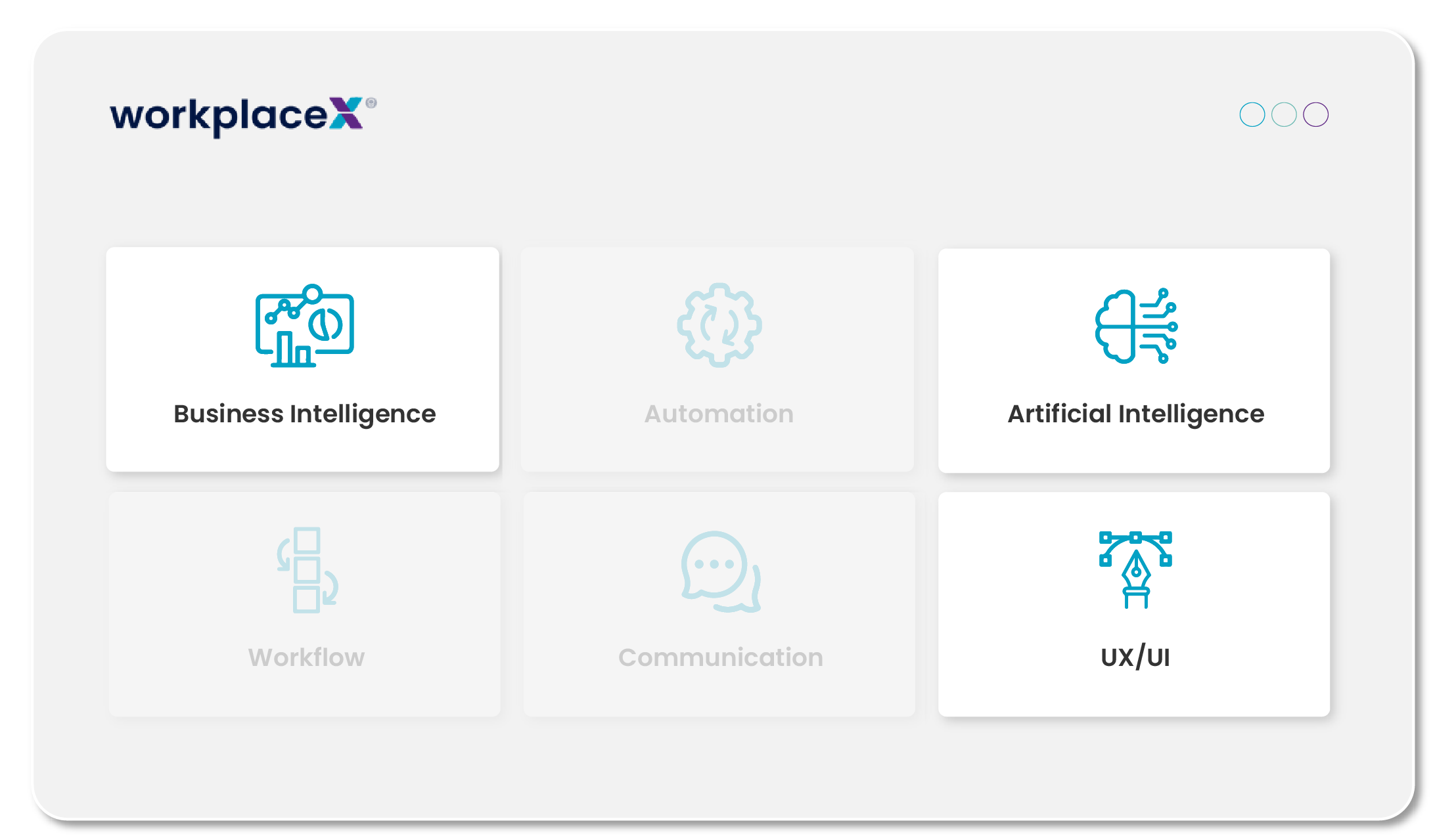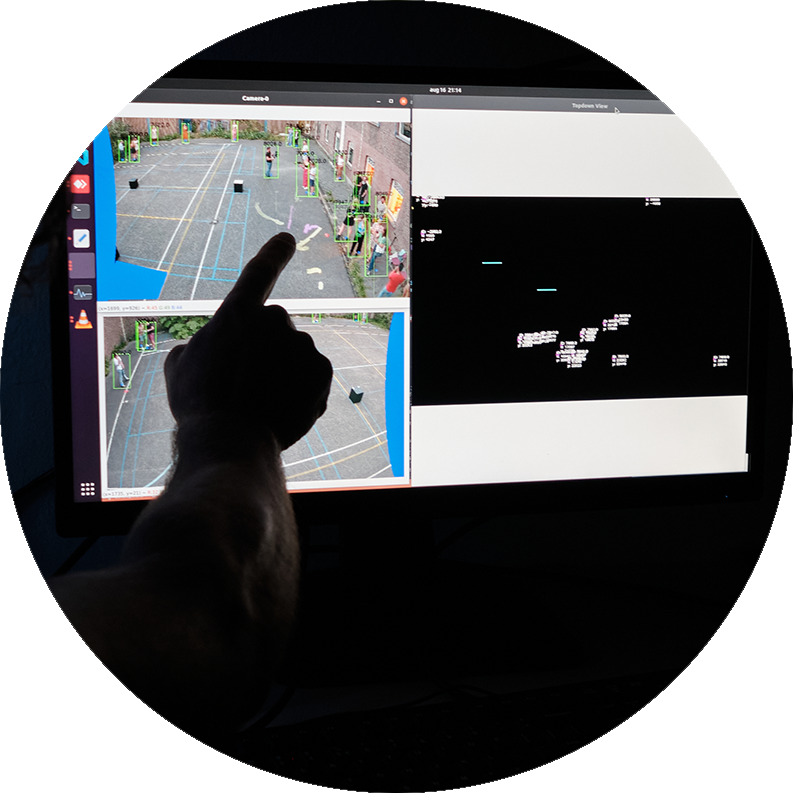Thinking & Seeing

Let humans and technology work together
In collaboration with Pegamento, Studio SPÉS displayed elephant paths on the Dom square during the autumn holidays in 2022. The Desire Lanes project used our artificial intelligence in combination with Computer Vision to display beaten paths using light. The aim here was to make technology visible and tangible, to invite people to play with the technology, and, above all, to meet one other. In this way, they brought together art, psychology, and technology.

Let humans and technology work together
In collaboration with Pegamento, Studio SPÉS displayed elephant paths on the Dom square during the autumn holidays in 2022. The Desire Lanes project used our artificial intelligence in combination with Computer Vision to display beaten paths using light. The aim here was to make technology visible and tangible, to invite people to play with the technology, and, above all, to meet one other. In this way, they brought together art, psychology, and technology.

Tracking and following people
Converting routes into data for insight

Which (shortest) route do you take?
When does an elephant path form? Is it only once the grass is flat that people start using that path more often until a path is actually created? Or is the path created by like-minded people?
Throughout the 'Desire Lanes' exhibition, pedestrians' walking routes on Utrecht's Dom square were tracked by cameras and anonymously converted into light movements that were projected at night. For this purpose, we developed a special algorithm that, unlike heat detection or human control, 'learned' to detect human shapes and follow their tracks. The routes are created through a combination of different techniques: object detection, tracking, and AI.
The routes were converted into data that were displayed via an interface located in the information tower that stood on the square during the exhibition. Visitors could look back in time, and see how people walked before them, thereby playing with information that would otherwise remain invisible. The data also indicated which route people most often used when crossing the Dom square.
With this project, Studio SPÉS tried to dispel the fear of technology, such as AI, by making people aware of its possibilities and perhaps its beauty. Desire Lanes makes technology visible and tangible and invites people to play and, above all, meet one another.
Read more about the Desire Lanes project (in Dutch):
- CMUtrecht: Desire Lanes, een bijzonder lichtproject (Desire Lanes, an unusual light project)
- Future City: Kunstevent Desire Lanes belicht sociale interactie in de openbare ruimte (Art event Desire Lanes illuminates social interaction in the public space)
- DUIC: Bijzonder lichtkunstwerk op Domplein in Utrecht: wandelroutes worden geprojecteerd (Unusual light art on the Dom square in Utrecht: walking routes are being projected)
- RTV Utrecht: Lichtinstallatie verklapt de olifantenpaadjes op het Domplein: 'We hopen dat mensen verbaasd worden' (Light installation reveals the elephant paths on the Dom square: 'We hope that people will be surprised')
At a glance
Customer: Studio SPÉS
Industry: art
Location: Utrecht
Business size: SME
Challenges
- Anonymised detection and tracking of individuals
Solutions
Technologies
At a glance
Customer: Studio SPÉS
Industry: art
Location: Utrecht
Business size: SME
Challenges
- Anonymised detection and tracking of individuals
Solutions
Technologies
Also view other customer cases:
